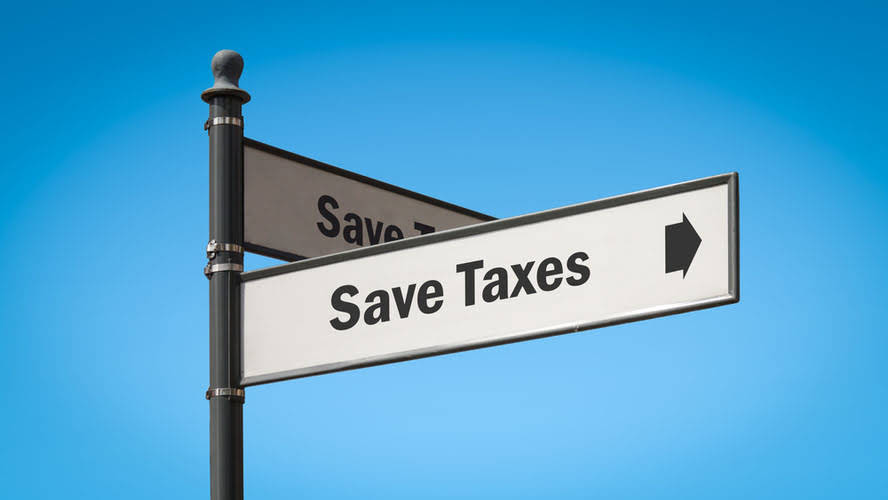
You can look to this important piece of information for a snapshot of your current investment’s overall health or in vetting a future investment. To see how this is calculated in practice, here’s an example of what a hypothetical company’s balance sheet might look like, including assets, liabilities, and stockholders’ equity. By comparing total equity to total assets belonging to a company, the shareholders equity ratio is thus a measure of the proportion of a company’s asset base financed via equity. The formula to calculate shareholders equity is equal to the difference between total assets and total liabilities. If shareholders’ equity is positive, that indicates the company has enough assets to cover its liabilities. But if it’s negative, that means its debt and debt-like obligations outnumber its assets.

Would you prefer to work with a financial professional remotely or in-person?
For instance, in looking at a company, an investor might use shareholders’ equity as a benchmark for determining whether a particular purchase price is expensive. On the other hand, an investor might feel comfortable buying shares in a relatively weak business as long as the price they pay is sufficiently low relative to its equity. Equity is important because it represents the value of an investor’s stake in a company, represented by the proportion of its shares.
- In most cases, a company’s total assets will be listed on one side of the balance sheet and its liabilities and stockholders’ equity will be listed on the other.
- Many investors look at companies with negative shareholder equity as risky investments.
- Otherwise, an alternative approach to calculating shareholders’ equity is to add up the following line items, which we’ll explain in more detail soon.
- Current assets are those that can be converted to cash within a year, such as accounts receivable and inventory.
What Does the Shareholder Equity Ratio Tell You?
Shareholder equity can also be expressed as a company’s share capital and retained earnings less the value of treasury shares. Though both methods yield the exact figure, the use of total assets and total liabilities is more illustrative of a company’s financial health. Treasury shares or stock (not to be confused with U.S. Treasury bills) represent stock that the company has bought back from existing shareholders.
Limitations of Using Stockholders’ Equity to Evaluate Companies

Take the sum of all assets in the balance sheet and deduct the value of all liabilities. Total assets are the total of current assets, such as marketable securities and prepayments, and long-term assets, such as machinery and fixtures. Total liabilities are obtained by adding current liabilities and long-term liabilities. For this reason, many investors view companies with negative shareholder equity as risky or unsafe investments. Shareholder equity alone is not a definitive indicator of a company’s financial health. Share Capital (contributed capital) refers to amounts received by the reporting company from transactions with shareholders.
Part 2: Your Current Nest Egg
- The share capital represents contributions from stockholders gathered through the issuance of shares.
- A firm typically can raise capital by issuing debt (in the form of a loan or via bonds) or equity (by selling stock).
- For instance, in looking at a company, an investor might use shareholders’ equity as a benchmark for determining whether a particular purchase price is expensive.
- This is especially true when dealing with companies that have been in business for many years.
But because stockholders’ equity may only be paid out after bondholders’ equity has been paid out, shareholders are worried about both liabilities and equity accounts. After the repurchase of the shares, ownership of the company’s equity returns to the issuer, which reduces the total outstanding share count (and net dilution). For mature companies consistently profitable, the retained earnings line item can contribute the highest percentage of shareholders’ equity.

The above formula sums the retained earnings of the business and the share capital and subtracts the treasury shares. Retained earnings are the sum of the company’s cumulative earnings after paying dividends, and it appears in the shareholders’ equity section in the balance sheet. Shareholders’ equity refers to the owners’ claim on the assets of a company after debts have been settled.
Equity capital, however, has some drawbacks in comparison with debt financing. It tends to be more expensive than debt, and it requires some dilution of ownership and giving voting rights to new shareholders. Private equity generally refers to such an evaluation of companies that are not publicly traded. The accounting equation still applies where stated equity on the balance sheet is what is left over when subtracting liabilities from assets, arriving at an estimate of book value. Privately held companies can then seek investors by selling off shares directly in private placements. These private equity investors can include institutions like pension funds, university endowments, insurance companies, or accredited individuals.

How Shareholder Equity Works
If a small business owner is only concerned with money coming in and going out, they may overlook the statement of stockholders’ equity. However, if you want a good idea of how your operations are doing, income should not be your only focus. As a result, from an investor’s perspective, debt is the least risky investment. For businesses, it is the cheapest source of financing because interest payments are tax-deductible, and debt generally provides a lower return to investors.
Taking that perspective will make your analysis more accurate and informative and ultimately improve your investing. The formula for retained earnings is dependant on the net income earned by the company and the dividends the company decides to disburse to shareholders. Both these amounts depend on the company, stockholder equity formula one on its performance and one on its discretion. Since the retained earnings are available to the company for investments and expenditures, how they spend it is totally up to the company. Retained Earnings are profits left over from the net income that is not divided as dividends among shareholders.
